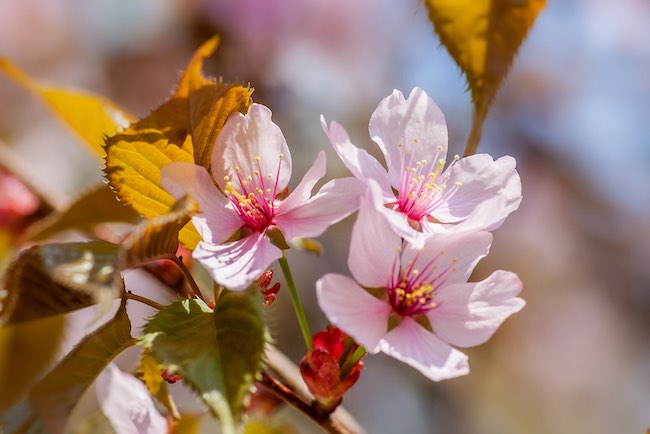Winter Gardening Activities to Prepare for Spring

The cold and dark winter days may mean one should turn a blind eye to gardening. Yet, this is also a time which can help you prepare your garden for its vibrant and successful springtime. Winter garden activities that are enjoyable and perfect for ensuring you have an abundance of spring produce are described in this article.
Assess and Plan Your Garden Space
Start your winter gardening by walking the entire plot that you intend to garden and looking for areas which could be optimized. The first flowers in spring are an ideal opportunity to carry out any changes or make a few improvements you were planning before. Look at how the sun retreats the ground during spring and summer, and consider refining some new plant varieties to minimize this problem.
Set out a general garden arrangement on the map, dividing it into zones for future placement of trees, perennial beds and vegetable plots. This visual module will be your guide throughout the work on your garden, and it will also help you control the arrangement of the garden spaces. As soon as the winter months set in, you are already prepared with a list of seeds, bulbs, and plants to be planted.
Soil Preparation
Preparing your soil for spring planting is, arguably, the most critical of all the steps involved in the pre-spring process. Soil compaction and nutritional erosion due to wet winter conditions are some of the risks associated with it. Begin by pulling out the weeds, dead plants, and other debris in your area of interest. More resources, such as https://handyrubbish.co.uk/, should be consulted for a more clarified information management of the garden waste.
Debris may be broken down, and soil could be ready for enrichment after composting and adding other organic matter. Also, you should place compost on top of your soil to absorb and resist erosion during the severe and torrential winter rains. For soils with sandy and heavy clay, in particular, you’d want to use organic matter, which can enhance the soil structure and fertility.
Pruning and Protecting Plants
Winter is the right time to prune fruit trees, roses, and perennials. Winter pruning keeps the plant healthy in spring and eliminates diseases and pests. Make sure to know the precise pruning requirements for every plant in your garden, as the timing can occasionally play a crucial role in successful blooming.
Moreover, tender plants can be protected from frost by wrapping them with burlap sacks or frost cloth. This shelter can be vital for tiny plants and rare species that do not tolerate low winter temperatures.
Plant Winter Crops
You might not know it, but some crops also grow under the cool weather. Planting spring vegetables such as garlic, onions, and some leafy greens could bring in an early spring harvest. Winter is the perfect time to plant tulips and daffodils, so wait until spring when these flowers will bloom and bring cheer and life to your garden.
Select varieties that are hardy to low temperatures for long-term growth success. On the one hand, this strengthens your gardening campaign, but on the other hand, it ensures you always have fresh produce to consume in any season.
Planning for Spring Planting
When it’s cold outside, spend some time indoors and plan a spring planting schedule. Make an order for seeds and bulbs before the spring starts; that way, you’ll be prepared immediately after the weather allows. Create a planting calendar that indicates the time when to germinate seeds indoors and when to transplant them in open fields.
You can also use it to repair or purchase new gardening tools. Grind blades and lubricate hinges, and look to replace any that didn’t live up to the mark last season. Always having your tools prepared will make it much simpler to take on spring gardening.
Regular Maintenance and Observation
Even when you have checklight periods during winter, frequent inspections are critical. Insect infestation and disease are signs that need immediate care, or they will spread; therefore, do not wait to take the required steps. Regularly inspect protective coverings, supports, and ties to check if they are secure and effortless to stand winds. However, if you receive a lot of garden waste, then you can consider hiring an expert local rubbish removal service to deal with it for you.
Conclusion: Embrace Winter Gardening
Though winter can be considered a break from gardening activities, it shouldn’t stop you from taking time to nurture. It is not about being in hibernation but just a time to prepare oneself and stock pits that are meant for a beautiful spring. By giving some time, attention and care to the soil, plants and pathways, the garden becomes a green area for year-round gardening activities.


